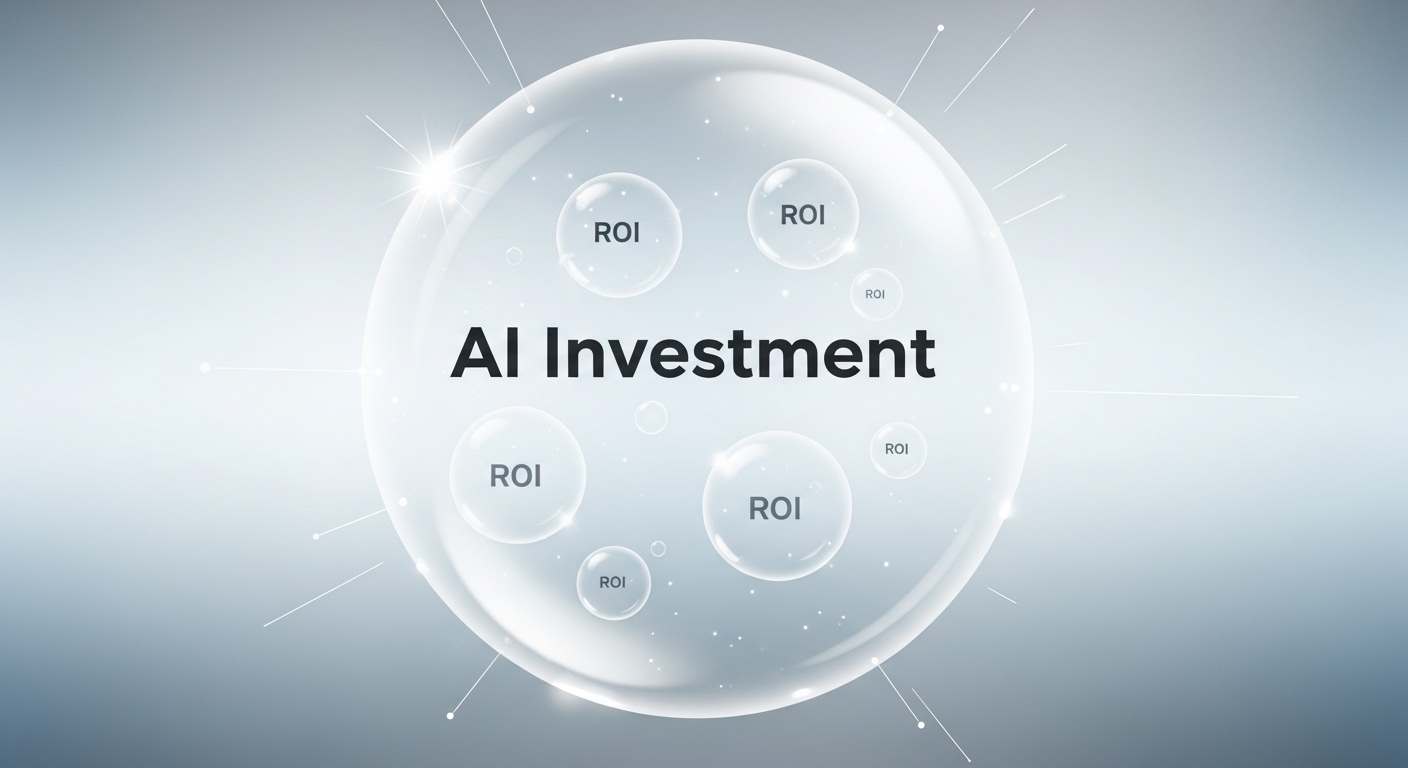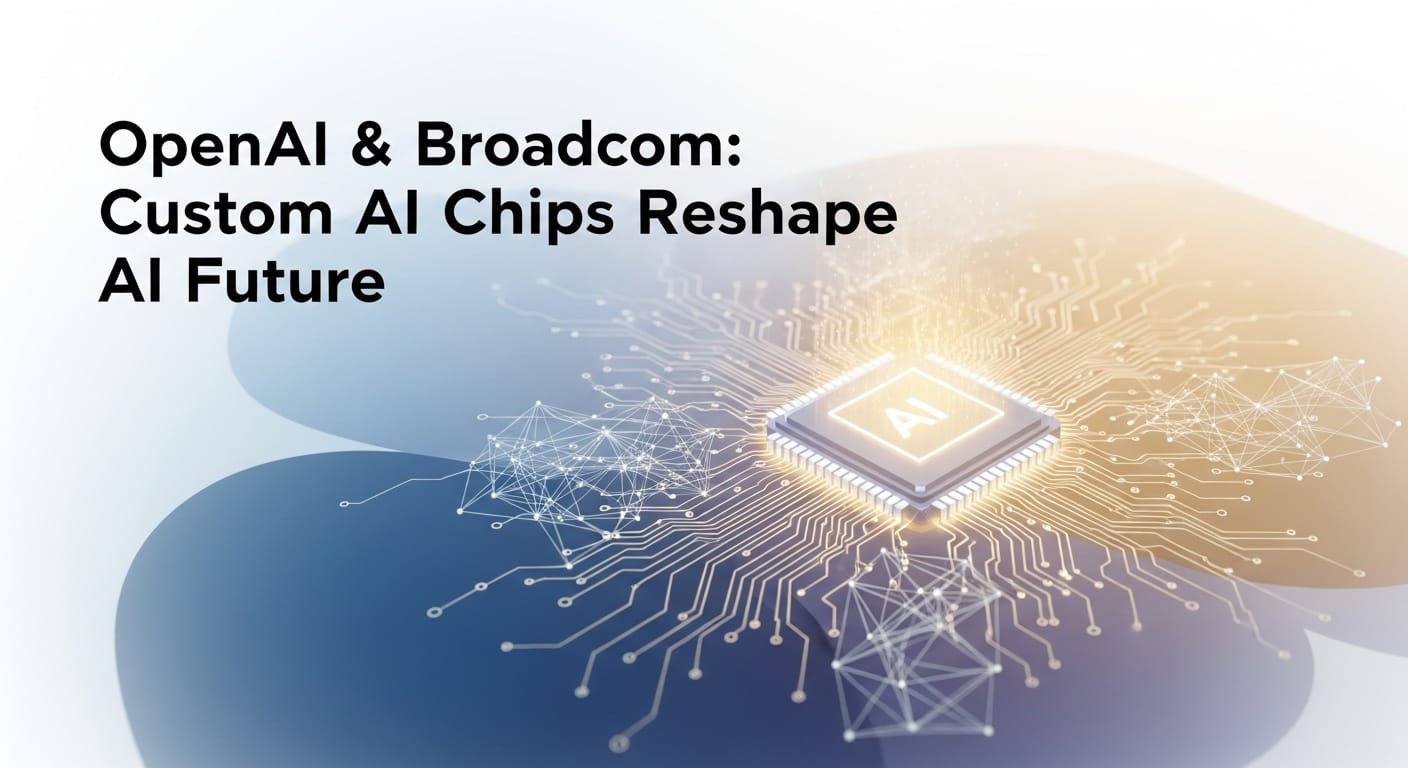The buzz around generative AI has been nothing short of electrifying. From automating content creation to revolutionizing code development, the promises have fueled unprecedented investment. Yet, beneath the surface of soaring valuations and technological marvels, a palpable anxiety is growing among investors. The question on many minds: are we witnessing an AI bubble, and where are the tangible returns on these massive generative AI investments?
The Echoes of Hype: A Familiar Tune
The current fervor around generative AI draws striking parallels to past tech booms, most notably the dot-com era. Investor enthusiasm around artificial intelligence has begun to fade, sending shockwaves across financial markets as of late August 2025, with the Nasdaq Composite experiencing sharp drops. Concerns over inflated AI valuations, growing regulatory scrutiny, and profit-taking have led investors to reassess the sector’s sustainability. Even OpenAI CEO Sam Altman has openly acknowledged the “bubble-like” nature of the current AI market, warning that some valuations are “insane” and “not rational”. This sentiment is a critical indicator that the market is entering a phase of introspection, moving beyond pure hype to demand concrete value.
The Disconnect: Investment vs. Returns
Perhaps the most sobering data point circulating in the late summer of 2025 comes from a Massachusetts Institute of Technology (MIT) study, which found that a staggering 95% of companies investing in generative AI have yet to see measurable profit gains from their initiatives. Despite global venture capital funding for generative AI reaching approximately $45 billion in 2024, nearly doubling from $24 billion in 2023, this lack of demonstrable ROI is creating significant investor anxiety.
While some argue that the MIT study’s methodology might be too narrow, focusing only on direct P&L impact within a six-month post-pilot period and potentially overlooking efficiency gains or cost reductions, the core message resonates: translating individual productivity boosts into enterprise-wide financial performance is proving exceptionally challenging.

The Cost Conundrum: Why Generative AI is a Money Pit (For Now)
The path to profitability for generative AI companies is fraught with significant and often underestimated costs. It’s a complex interplay of several factors:
- Exorbitant Training Costs: Training a large language model (LLM) like GPT-3 was estimated to cost millions of dollars in compute power alone, and for GPT-4, the final training costs could reach $100 million. This initial investment is massive.
- High Inference Costs: Beyond training, the ongoing operational expense of using AI models—known as inference—scales directly with user adoption. Every query or generated piece of content incurs a cost. While a single inference call might be a fraction of a cent, millions of daily queries can quickly escalate into multi-million-dollar operational line items. For instance, running ChatGPT was estimated to cost approximately $700,000 per day as of July 2025.
- Infrastructure and Talent: Deploying generative AI models requires more than just raw compute. It involves container services, robust compute resources (GPUs), networking, load balancing, autoscaling, logging, telemetry, and continuous integration systems. Moreover, hiring skilled data scientists, machine learning engineers, and DevOps professionals is expensive, with average costs per employee at companies like OpenAI reportedly exceeding $1 million per year (as of July 2025).
- Data Acquisition and Preparation: High-quality, extensive, and specialized datasets are essential for training. The process of acquiring, cleaning, and processing this data adds significantly to the development costs, potentially ranging from tens of thousands to hundreds of thousands of dollars.
Even major tech players like Microsoft, Google, and OpenAI are believed to be incurring enormous losses by offering generative AI capabilities, with services like GitHub Copilot reportedly losing around $20 per month per customer, despite a $10 monthly charge (as of October 2023).
The Monetization Maze and the Search for Differentiation
The challenge isn’t just about costs; it’s also about effective monetization and differentiation in an increasingly crowded market. Many SaaS providers are struggling to turn AI into real revenue because customers demand AI but are often unwilling to pay extra for it, viewing AI features as standard rather than premium. Only 15% of SaaS companies have successfully monetized AI, according to OpenView’s 2023 SaaS Benchmarks.
As generative AI tools approach functional parity, model quality alone will no longer drive user choice. The next phase of competition, as of late August 2025, will reward platforms that differentiate through ecosystem strategy, user trust, and integrated experiences. Companies like Apple are focusing on privacy-first approaches and deep OS-level integration, while others leverage platform exclusivity. The market, once captivated by raw capability, is now shifting focus to convenience, trust, and context.

Conclusion: A Necessary Recalibration
The “AI bubble” isn’t necessarily a sign of impending collapse, but rather a critical recalibration of expectations. The initial euphoria is giving way to a more pragmatic approach, where investors and businesses are demanding clear business cases and demonstrable ROI. While global private AI investment continues to grow, exceeding $100 billion in 2024 (an 80% increase from 2023), the market is becoming more discerning.
The long-term potential of generative AI remains enormous, with projections for the AI market to reach $757.58 billion in 2025 and $3.68 trillion by 2034. However, the current investor anxiety and lack of immediate returns serve as a crucial reality check. Companies that will thrive are those that move beyond the hype to:
- Develop clear, profit-driven strategies for AI implementation.
- Focus on integrating AI seamlessly into existing workflows for measurable efficiency gains and cost reductions.
- Innovate to create truly differentiated and sticky AI solutions that customers are willing to pay for.
- Manage the significant costs associated with training and inference effectively.
The AI revolution is undoubtedly underway, but it’s evolving from a sprint of speculative investment into a marathon of strategic execution and sustainable value creation.




